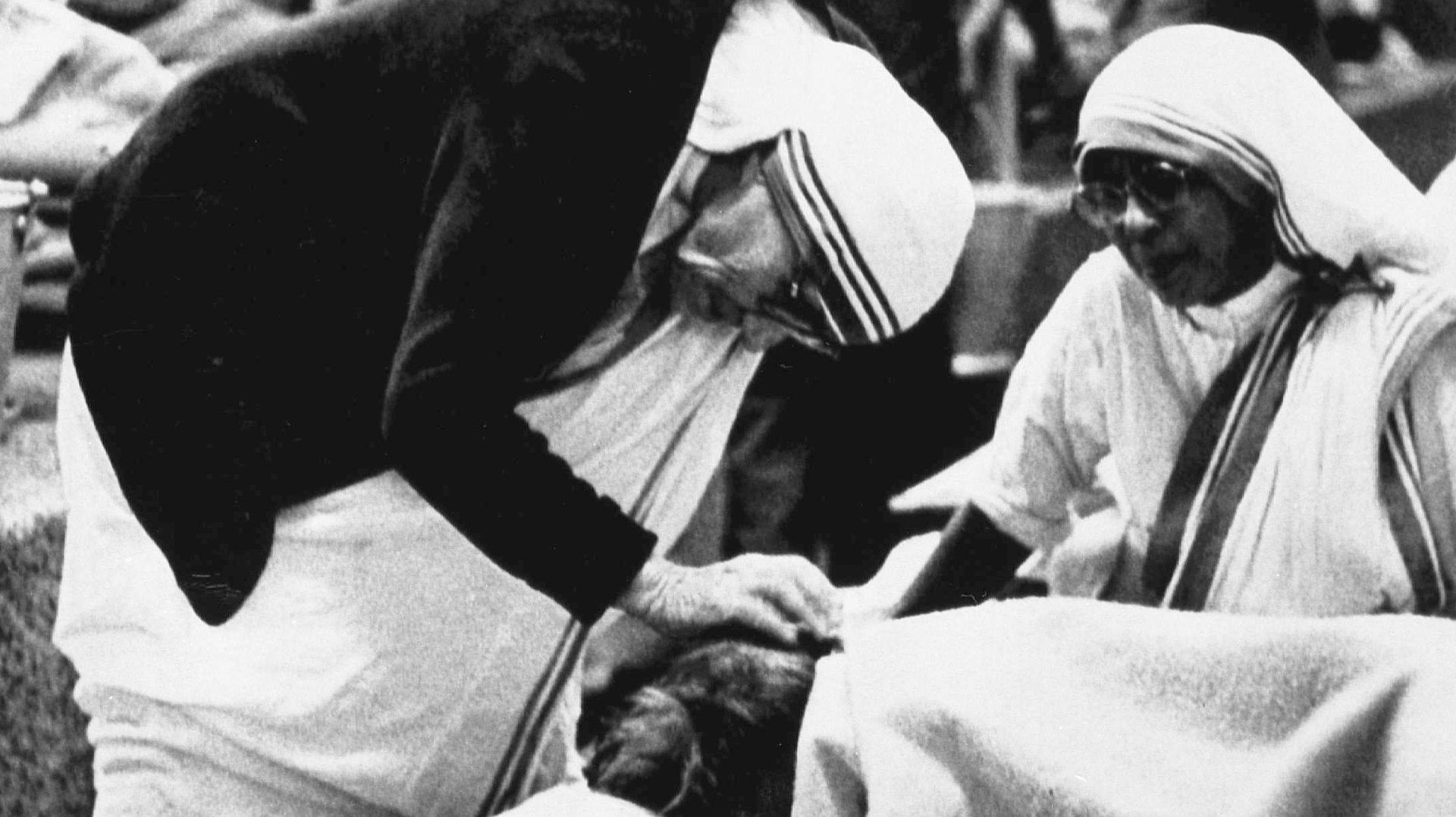Today, Mother Teresa becomes a saint
Mother Teresa of Calcutta, a Roman Catholic nun who founded a religious order devoted to caring for the poor and sick, was, by many accounts, an extremely kind-hearted woman. But whether or not she should become a saint, as Pope Francis will proclaim her today (Sept. 4), is a more controversial matter.


Mother Teresa of Calcutta, a Roman Catholic nun who founded a religious order devoted to caring for the poor and sick, was, by many accounts, an extremely kind-hearted woman. But whether or not she should become a saint, as Pope Francis will proclaim her today (Sept. 4), is a more controversial matter.
The process for canonizing Mother Teresa began five years after her 1997 death, when Pope John Paul II declared that a woman with an abdominal tumor had been cured by Mother Teresa’s supernatural intervention. This allowed Mother Teresa to be “beatified,” in 2003, meaning that the Catholic Church formally declared her to be in heaven and capable of responding to prayer.
At least two miracles must be established for someone to become a saint, and there’s a process of gathering evidence. So, in Mother Teresa’s case, the Catholic Church reviewed the medical history and decided that the abdominal tumor was attributable to miraculous intervention rather than scientific treatment. A second medical case, when a Brazilian engineer was cured of a viral brain infection in 2008, was also declared a Mother Teresa miracle. However, several people have questioned the evidence for these miracles, suggesting such claims have no place in the 21st century and are “obvious fraud.”
Mother Teresa undeniably devoted much of her life to charitable work. She set up many hospices, cared for those with leprosy, and looked after abandoned children in Kolkata, India, and founded the Missionaries of Charity order, which now has more than 4,000 members worldwide. But there are those who question whether her practices were truly beneficial.
An Indian physician, Aroup Chatterjee, researched Mother Teresa’s homes and exposed evidence of poor hygiene practices and regular re-use of hypodermic needles. But those in the West seem convinced that she was saint-like, he says. “They don’t care about whether a third-world city’s dignity or prestige has been hampered by an Albanian nun,” Chatterjee told the New York Times. He feels that Kolkata has become synonymous with poverty as a result of her work.
But the Canadian priest, Rev. Brian Kolodiejchuk, who gathered evidence of Mother Teresa’s miracles, says that the Indian city was simply the first place Mother Teresa started her charitable work. And, he points out, the United States is the country with the second largest number of homes run by the Missionaries of Charity order. “She kept saying that the greatest poverty in the world today is to be unloved, unwanted and uncared for, and that’s a harder and more difficult poverty to reach,” Kolodiejchuk told the New York Times.
Despite the concerns, Mother Teresa is undeniably revered for her charitable work. Thousands of believers, inspired by her devoted to helping the poor and the sick, will gather at St Peter’s Square in the Vatican to watch as Mother Teresa is proclaimed a saint.